This post is all about the best dry brushing techniques to maximize the benefits in just 5-minutes or less. This Dry Brush How To Guide covers what it is, how to dry brush, and the benefits of dry brushing. We walk you through step-by-step instructions for dry brushing for lymphatic drainage.

When you think of skincare, you probably think of treating the skin on your face with fancy potions and tools. But your body also deserves some love!
Dry brushing is a centuries-old technique that’s become popular in the past few years due to its long list of benefits. Plus, a good dry brush costs about $10 and will last you for years (no $100 creams here!)
With just five minutes a day, you will be blown away by how much this simple practice transforms your skin!
In this dry brush how to guide, we’ll walk you through what dry brushing is, how to do it, alllll the benefits, plus simple and effective dry brushing techniques for lymphatic drainage.
Dry Brushing for Beginners: What is Dry Brushing?

Dry brushing is the secret weapon you didn’t know you needed in your beauty routine!
It’s an ancient practice with roots in Ayurvedic and traditional Chinese medicine and has been used for centuries for a wide variety of benefits.
It involves using a natural bristle brush on dry skin moving in long sweeping motions toward the heart.
On the surface of the skin, it promotes blood flow and gently exfoliates away dead skin cells.
But it also works on a deeper level by helping with lymphatic drainage.
The lymphatic system is responsible for filtering and circulating fluids in the body and is part of the immune system. Occasionally those fluids can start to build up causing bloating and sometimes swelling.
We can encourage lymphatic drainage through gentle massage like the dry brushing techniques discussed here which can aid in the detoxification process and can help reduce bloating and water retention.
The Benefits of Dry Brushing

The benefits of dry brushing extend far below the skin’s surface. If used consistently over time dry brushing can transform dry dull skin into glowing and radiant skin.

FROM THE EXPERT
Dr. Khetarpal
“Dry brushing unclogs pores in the exfoliation process. It also helps detoxify your skin by increasing blood circulation and promoting lymph flow/drainage,”
1. Gentle Exfoliation
Dry brushing is a gentle method for exfoliation. As the bristles sweep along the skin they loosen dead skin cells and reveal your healthy glowing skin underneath. This process promotes cell turnover and helps to reduce the amount of clogged pores that form. Plus, freshly exfoliated skin better absorbs products like body creams and oils.
2. Improved Circulation and Blood Flow
Each brush stoke applies gentle pressure on the skin which stimulates circulation of the blood, delivering nutrients and oxygen to the cells. Improved blood flow has a variety of benefits including detoxification and overall improved tissue health.
3. Lymphatic System Support
One of the most commonly discussed benefits of dry brushing is improved lymphatic drainage. The lymphatic system circulates body fluids in order to eliminate toxins and waste. When we encourage this system to drain more quickly, it aids in detoxification, the reduction of water retention and thus debloating.
4. Stress Relief and Relaxation
Beyond the physical benefits, dry brushing also has mental benefits! The repetitive sweeping motion can serve as a form of meditation and is a great way to calm the mind and body. This moment of me-time is a wonderful addition to any nighttime routine to promote relaxation and self-care.
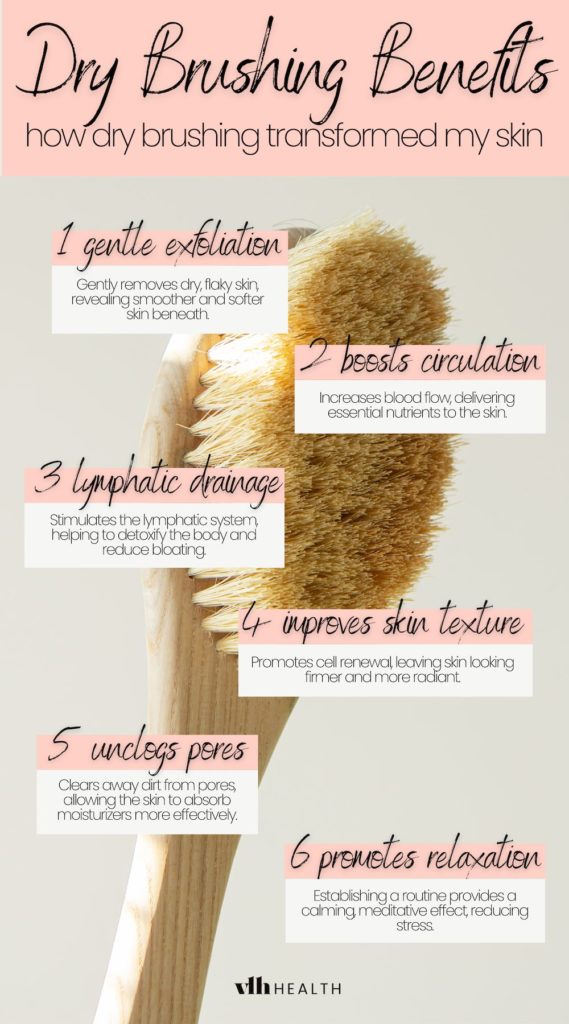
Why You Need A Dry Brushing Routine

While the immediate benefits of dry brushing are clear, the truly transformative effects happen through developing a consistent routine.
If you’re looking to glow from the inside, proper dry brushing techniques can give a major radiance boost to the skin.
We recommend making a 5-minute dry brushing session a part of your daily routine to not only reap the physical benefits but also nurture your mental health and self-love.
If you’re struggling to make it a habit, try habit stacking. Simply combine it with something you already do on a daily basis like taking a shower or doing your evening skincare routine.
What Makes a Good Dry Brush

Not all dry brushes are created equal. When it comes to selecting the right brush, there are a couple of features to consider depending on which dry brushing technique you prefer.
- Natural versus Synthetic Bristles: Most dry brushes use either polyester bristles (synthetic) or natural bristles made of plant fibers. Both can be good options but natural tends to be softer than synthetic. If you’re looking for a stronger exfoliation, synthetic might be the best option for you. Just be aware that if they are too stiff or sharp and pointy, they can actually cause micro tears to the skin leading to damage over time.
- Brush Size and Shape: Dry brushes come in several sizes and shapes intended for different purposes. We recommend going for a palm-sized design to suit most of your needs. If you’re particularly interested in dry brushing your back, try one with a longer handle.
Preparing Your Skin For Dry Brushing

The proper dry brushing technique involves a couple of short pre- and post-steps that can really help you get the most out of your efforts. Before you begin, it’s important to prepare the skin with these simple steps:
- Set a consistent routine.
- Make sure the skin is clean and dry.
- Set the mood with some candles and relaxing music.
Dry Brush How To Guide: The Best Dry Brushing Techniques

5 minutes is all you need for your daily dry brushing routine. We’ve created a dry brush how to guide to get you started but we encourage you to be flexible and do what feels good for you. The important things to remember are to target each key area of the body, keep your strokes long and sweeping, and take your time and enjoy it!
Step 1: Ensure your dry brush is clean and free from debris before each use. Periodically wash your brush with mild soap and water and allow it to dry in a well-ventilated location. This practice will help prevent the growth of bacteria.
Step 2: Starting at your feet, use long-sweeping strikes in the direction of your heart. Start at the top of your feet and brush up toward your kneecap three times. Slowly move around your leg giving each section three strokes. Pay special attention to your soles and heals where most people tend to be extra dry. Repeat from your knees to thighs.
Step 3: Move up to your arms and hands. In the same long sweeping motion, start at the back of your hand and brush up to your shoulder. Repeat for 3 strokes and slowly move around each arm.
Step 4: Move to your abdomen and back. Now using clockwise circular motions, start at the base of your stomach and move up toward your heart. Continue until you’ve covered all the reachable areas of your stomach and back.
Step 5: Finish with your chest and neck. Using lighter strokes, move downward from your neck toward your heart. Again give each position three strokes before moving to the next.
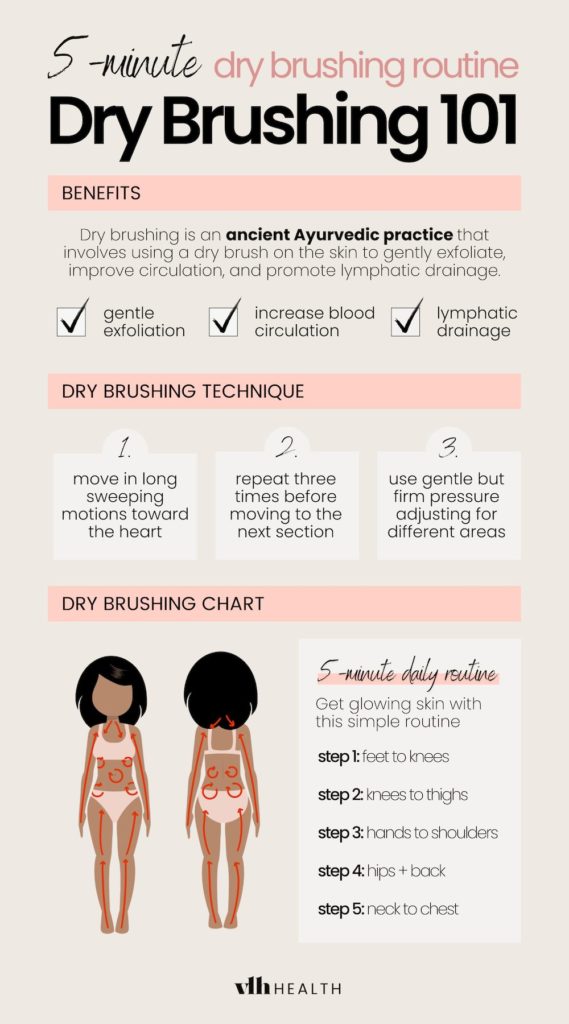
Dry Brushing 101: Pro Tips for Maximizing the Benefits
If you’re looking for the best dry brushing techniques, these simple guidelines will help you become an expert in no time. While there is a right and a wrong way to dry brush, it’s a totally personal practice, and these tips will help you maximize the benefits while you’re still getting comfortable. But as your practice becomes a daily ritual, feel free to experiment and see what works best for you.
- It’s best to stick to the body and skip the face. The bristles can be too strong for the delicate skin in your face and you can actually cause damage or spread bacteria.
- Always work with a light touch and avoid using too much pressure.
- To get the benefits of lymphatic drainage you should always brush toward your heart.
- Listen to your body. Give it more where it needs it and skip areas that don’t feel good.
Dry Brush How To: Dry Brushing Chart
If you’re looking for an easy way to guide yourself through this routine, we’ve created an easy-to-use dry brushing chart that you can save on your phone or print out and keep in your bathroom.
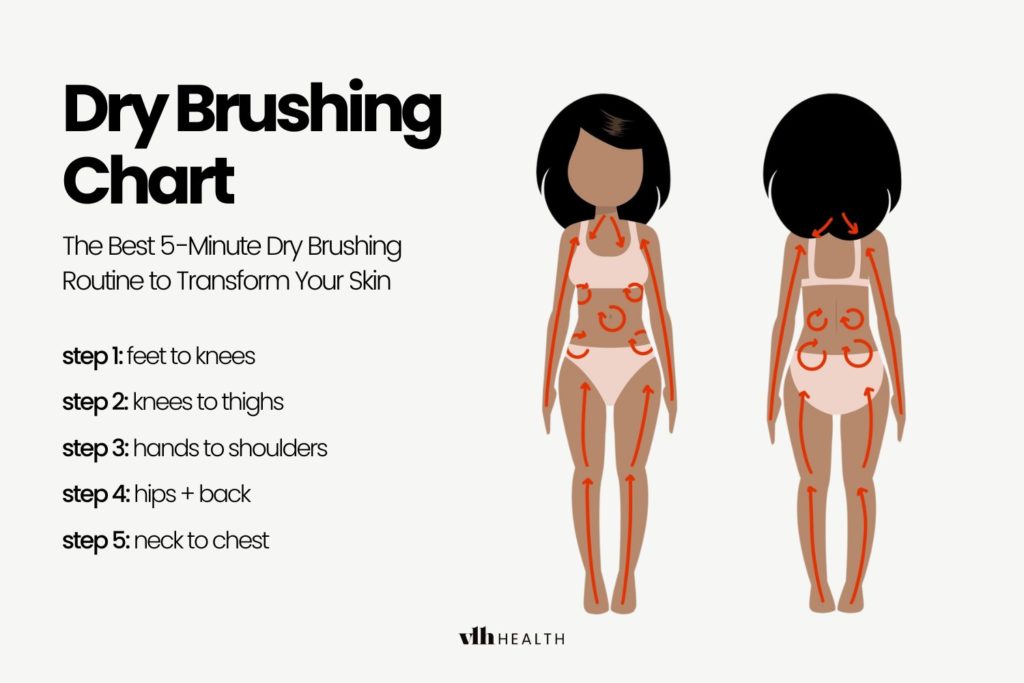
Post-Dry Brushing Care

To round out this dry brush how to guide, we’ll end on some post-care. After completing your 5-minute dry brushing routine, it’s important to follow up with a few key steps to maximize the benefits and perfect your dry brushing technique.
- Take a shower or bath with gentle warm water. This helps to wash away the exfoliated skin cells and prepare your skin for moisturization. Try to avoid scalding hot water as it will dry out your sensitive new layer of skin.
- Lock in hydration with a nourishing oil or moisturizer while your skin is still slightly damp. Look for products that are unscented and gentle to avoid irritation. And, of course, make sure you’re drinking enough water throughout the day.
- Apply SPF to skin exposed to the sun during the day to protect your newly exfoliated skin from harsh UV rays.
How Many Times a Week Should You Dry Brush?
Choosing how many times a week you should dry brush is a personal question but we recommend making it a daily habit for best results.
In the beginning, you may find it best to start with just 3 times a week as you build the habit and get your skin used to this new gentle exfoliation. Depending on your skin’s sensitivity it may be enough for you.
If you find the practice effective and relaxing, slowly make your way up to dry brushing on a daily basis.
You may also find that your skin is dryer in the winter and needs more proactive care than in the warmer months. Feel free to tailor your practice to meet your skin’s needs, after all, you know yourself best!
The key to reaping the benefits of a dry brushing routine is consistency but there is no one-size-fits-all approach when it comes to dry brushing. Listen to your body, it will tell you what it needs.
Make sure you tailor your dry brushing techniques to your preferences and skin!
Final Thoughts
Whether you’re looking for glowing radiant skin or the benefits of lymphatic drainage, dry brushing is a wonderful self-care practice to incorporate into your routine.
In just 5 minutes a day, this ancient practice can have positive effects on the mind and body. Plus we love that it’s pretty simple to do and very affordable as well.
We hope you found this step-by-step dry brush how to guide helpful and we would love to know if you try it in the comments below.
Happy Dry Brushing

A small note for my readers – Over here at VLHhealth, we occasionally include affiliate links in our posts. This means that if you purchase using our links, we will earn a small commission at no extra cost to you.
Recommended Products
Dry Brush How To FAQ
This dry brush how to guide covers it all. In short, use a bristled brush and sweep along the skin in long smooth motions. This helps to brush away dead skin cells and stimulate blood flow which can have a variety of benefits including promoting lymphatic drainage.
On a physical level, it helps by gently exfoliating the outer layer of the skin. This also brings blood to the surface of the skin and promotes the lymphatic system. Although there is not enough proven evidence to fully support these claims, maybe cite that it helps with the appearance of cellulite and other skin issues.
Through dry brushing your skin, the motion exfoliates away dead skin cells and stimulates blood flow. This can help with cell renewal which can improve the skin’s overall texture and appearance.
In order to aid the lymphatic system, it’s important to always brush toward your heart. In areas like your stomach, you can brush in gentle circles moving toward the center of your body.
While there is not enough evidence to be conclusive, many people claim that dry brushing helps with the appearance of cellulite. If you’re curious to see if dry brushing can improve your cellulite concerns, it can’t hurt to try this 5-minute daily routine and see the results for yourself.
Similar to the effects on cellulite, there is not enough evidence to conclusively say whether dry brushing helps with stretch marks. However, stretch marks are a form of a scar and the best way to treat them is with scar treatments like specialized lasers or silicone scar tape.
Some claim that dry brushing may help to temporarily relieve the pain and discomfort of varicose veins. The stimulation of blood flow can make the veins appear less noticeable, however the effects are short-term.
Similar to its effect on varicose veins, dry brushing may offer temporary benefits but is not a proven preventative measure or treatment for spider veins.
Sometimes crepey-looking skin can be the result of the build-up of dry, dead skin cells. Because dry brushing is a gentle yet efficient exfoliation technique, it may help with the appearance of crepey skin especially when combined with moisturizing skincare products.
Keratosis Pilaris is often caused by a build-up of dead skin so when used properly, dry brushed can help to remove this build-up and prevent the formation of KP bumps.
Dry brushing increases blood flow which encourages the flow of lymphatic fluid around the body removing toxins and waste.
More ideas you’ll love:
- Sleep Deeply: The 7 Best Tips on How to Fall Asleep Quickly & Increase Deep Sleep
- 63 Screen-Free Activities for Adults: Fun Things To Do without Your Phone
- The 9 Best Affordable Products You Need In Your Everything Shower Routine
Pin for later!
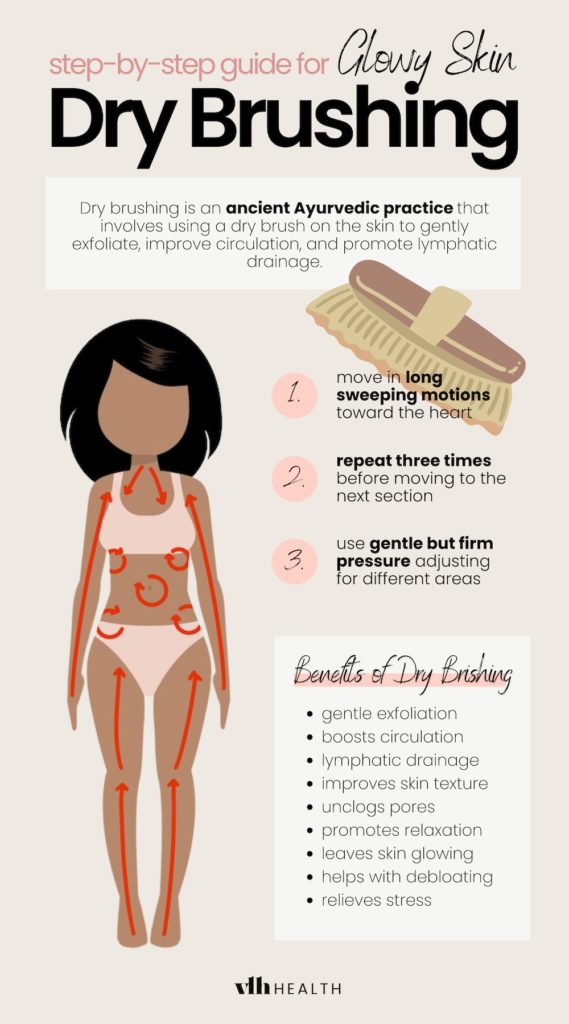



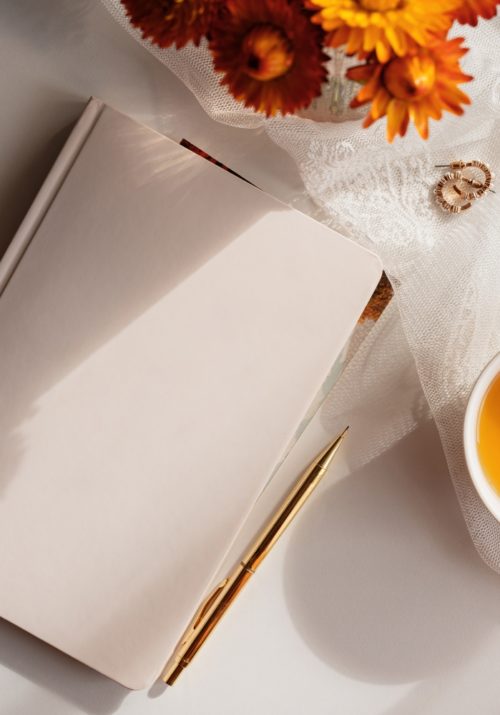
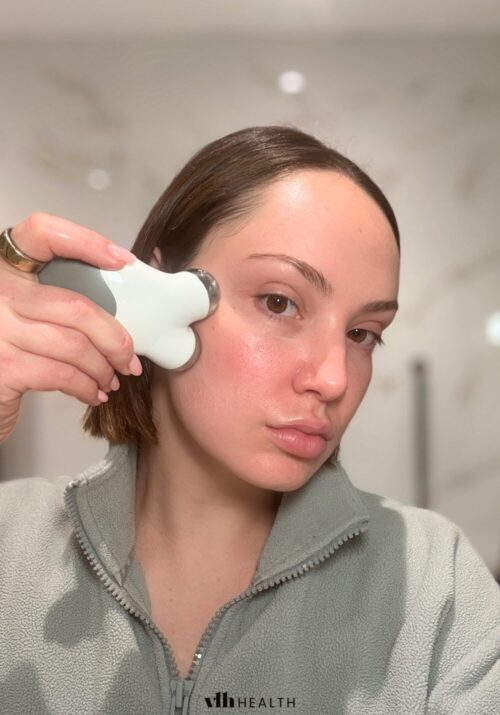
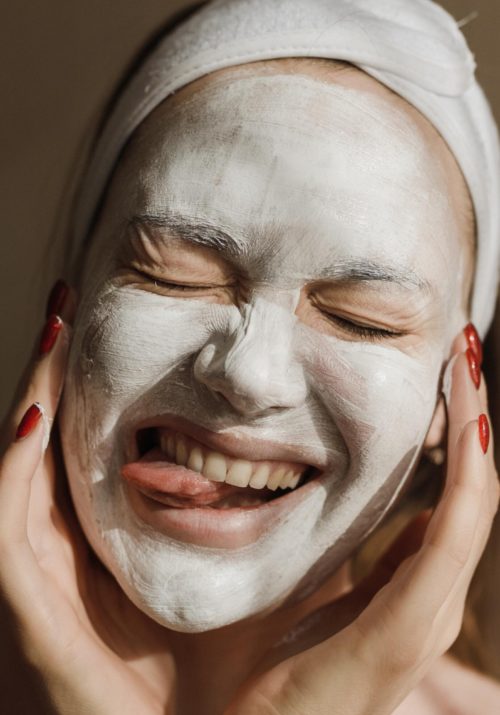
Leave a Reply